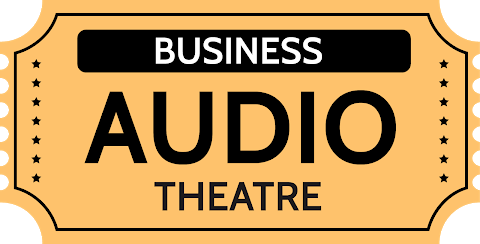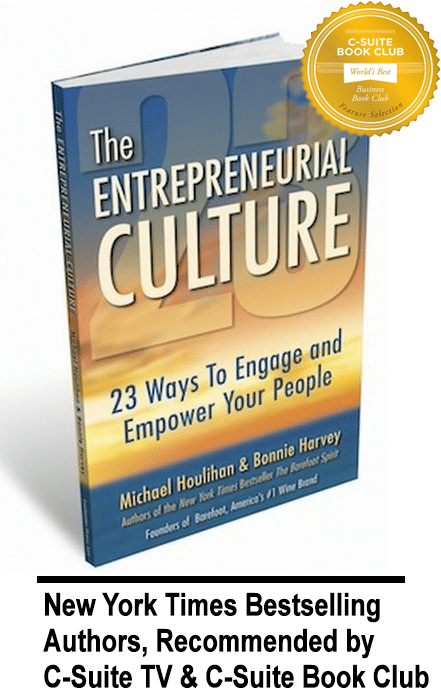
That may be fine for the captions on a cute kitten picture, or texting your friend a remark, but it’s counter-productive in business communication. In fact, just the opposite is true, especially when you are working with outside services that depend on explicit explanations.
We now have a new generation entering the workforce who, because of the technology they grew up with and take for granted, often try a minimalist approach in business communication. They are really surprised when the projects they handed off come back just plain wrong. They are dumbfounded by the misunderstandings and tend to blame the outside vendor.
Business communication should be maximized, not minimized. By spending a little more time on the front-end thinking about the ways in which you could possibly be misinterpreted, you save tons of time, recrimination and embarrassment on the back end.
Here are some guidelines we use to reduce misunderstandings in business communication:
1. Say it Both Ways. State what you want and then state what you don’t want. Ask them to confirm that they understand. Say, “Just so I’m sure I didn’t leave anything out, please tell me what you understand about this project.” You’ll be amazed at what they didn’t get and you’ll be glad you asked.
2. Deadlines. Be clear about deadlines. Schedule a reminder when half the time has passed and again, when 3/4 of the time has passed. Say, “Just checking in to see if you need anything more from me,” and then, “Are we still good for the finish date?”
3. Don’t A-s-s-u-m-e. Don’t assume anything except to be misunderstood. Anticipate how your message could be misinterpreted and head that off at the pass. We like to read our business communications out loud before we send them. We are often surprised at what we hear!
4. Phone ‘Em. Don’t rely on email. It’s better to explain what you want in person or over the phone, and then memorialize it in a written email memo, for the record. And always say, “If this is not your understanding of our discussion, please call me today so we can get it right.”
5. Provide a Cushion. Give yourself and the vendor some wiggle room. Don’t wait until the last minute. Whatever time you think they need, double it. In fact, give them a deadline that is several days before your deadline. You’ll be thankful you had the time to check their work, and more importantly, have time to fix it if necessary.
6. Specific Details. Be specific on the details including wording, functionality, design, and even font type and size. When you don’t, they will have license to be “creative,” and often will not realize that you have a more comprehensive project that their job is only a part of.
7. Acknowledge Good Work. If and when they get it right, thank them and tell them specifically what you liked about what they did. The next time they will be much easier to work with. They will also then be more interested in paying close attention to what you want, ask better questions, and make your job a priority.
Business communication requires thinking ahead about what could be misinterpreted, what could possibly go wrong, and how to achieve your deadline. A few more minutes of thoughtful time spent on what you really want – and don’t want -will save you days in the long run.
Who We Are

Michael Houlihan and Bonnie Harvey co-authored the New York Times bestselling business book, The Barefoot Spirit: How Hardship, Hustle, and Heart Built America’s #1 Wine Brand. The book has been selected as recommended reading in the CEO Library for CEO Forum, the C-Suite Book Club, and numerous university classes on business and entrepreneurship. It chronicles their humble beginnings from the laundry room of a rented Sonoma County farmhouse to the board room of E&J Gallo, who ultimately acquired their brand and engaged them as brand consultants. Barefoot is now the world’s largest wine brand.
Beginning with virtually no money and no wine industry experience, they employed innovative ideas to overcome obstacles, create new markets and forge strategic alliances. They pioneered Worthy Cause Marketing and performance-based compensation. They built an internationally bestselling brand and received their industry’s “Hot Brand” award for several consecutive years.
They offer their Guiding Principles for Success (GPS) to help entrepreneurs become successful. Their book, The Entrepreneurial Culture: 23 Ways To Engage and Empower Your People, helps corporations maximize the value of their human resources.
Currently they travel the world leading workshops, trainings, & keynoting at business schools, corporations, conferences. They are regular media guests and contributors to international publications and professional journals. They are C-Suite Network Advisors & Contributing Editors. Visit their popular brand building site at www.consumerbrandbuilders.com.
To make inquiries for keynote speaking, trainings or consulting, please contact sales@thebarefootspirit.com.







